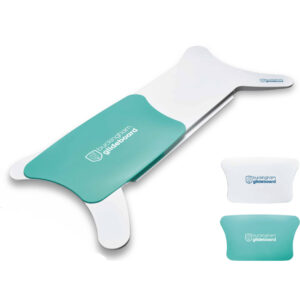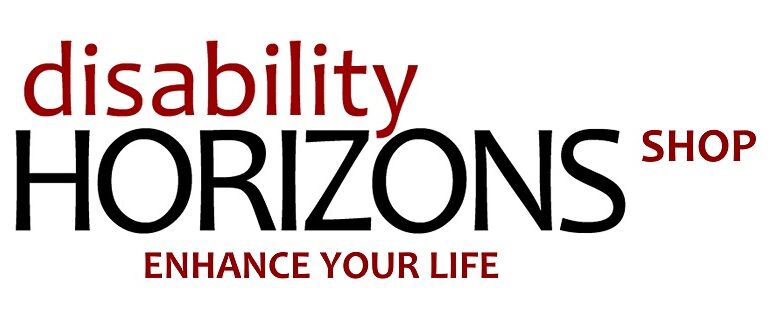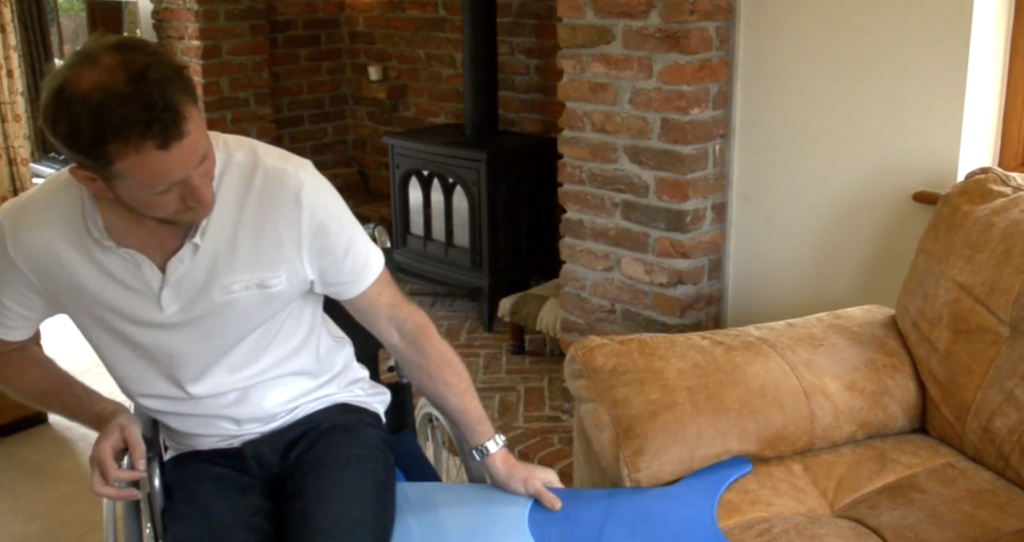What are Transfer Boards?
If you are looking for a way to transfer between your wheelchair and other surfaces, a transfer board is an excellent choice. Transfer boards, like the Buckingham Glideboard, provide a safe and comfortable way to move between surfaces. With the right transfer board, you can move quickly and easily while protecting your skin from potential damage. Transfer boards are particularly useful for wheelchair users who need to move from their wheelchair to another surface, such as a bed, toilet, or car. In this article, we’ll take a closer look at transfer boards and discuss the best transfer board for wheelchair users.
What Do Transfer Boards Do?
A transfer board is a device designed to help people who use wheelchairs move from one surface to another. The board is placed between the two surfaces, so the user can slide from one to the other. Transfer boards are typically made of wood, plastic, or composite materials, and come in various sizes and shapes. To use a transfer board, the user positions the board between the two surfaces they need to transfer between. They then slide themselves across the board, using their arms and legs to propel themselves forward.

Who Should Use Transfer Boards?
Transfer boards are designed for people who use wheelchairs, but can be used by anyone who needs assistance in transferring from one surface to another. People with mobility impairments, spinal cord injuries, arthritis, or balance and coordination difficulties can benefit from using a transfer board. However, they are particularly useful for wheelchair users who need to transfer from their wheelchair to another surface, such as a bed, toilet, or car. Transfer boards are also useful for individuals who are recovering from an injury or surgery that has affected their mobility. For example, someone who has had hip replacement surgery may use a transfer board to move from their bed to a wheelchair. Also after a spinal injury and during rehabilitation, people are trained to use transfer boards depending on their ability and level of injury.

What are the Advantages of Transfer Boards?
Transfer boards offer several advantages over other methods of transferring, such as using a lift or a sliding chair. Transfer boards are lightweight and easy to use, and can be used to move between two surfaces of different heights. They are also less expensive than other types of transfer devices and more portable than using say, a sling and a hoist.
The Buckingham Glideboard is a popular transfer board because it is designed with user comfort and safety in mind. It was created with a team of occupational therapists and using the University of Bournemouth research facilities. This board is made from a high-strength resin composite material and is designed to reduce friction and protect the user’s skin from potential damage. The Glideboard also has a sliding panel that makes it easy to move from one surface to another.
Another advantage of the Glideboard is its low cost compared to other brands with a sliding panel. This transfer board is an affordable option for those on a tight budget who still need a reliable and comfortable transfer device.
Other advantages include the following:
Independence
One of the biggest advantages of using a transfer board is that it allows the user to be more independent. With a transfer board, the user can transfer themselves between surfaces often without the need for assistance from another person.
Low cost
Transfer boards are relatively inexpensive compared to some other mobility aids for movement like hoists and slings. They are also durable and long-lasting, which means that they provide good value for money.
Skin Benefits
Transfer boards with smooth surfaces can help protect the skin of the user. When a user transfers from one surface to another, there is a risk of skin damage, especially if the surfaces are rough or abrasive. A smooth transfer board can help reduce this risk by providing a smooth surface for the user to slide across.
Easy to use
Transfer boards are easy to use and require minimal training. They are also lightweight and portable, which makes them ideal for travel. They can even be carried on the back of a wheelchair in a suitable bag or carry case.
Can a Transfer Board Be Used to Move an Individual?
Yes, transfer boards can be used to move an individual. However, it is important to remember that transfer boards are not designed to lift or carry an individual. They are designed to provide a smooth and safe transition from one surface to another. It is important to use caution when using a transfer board to move an individual and to seek assistance if necessary. They are designed to assist the user in transferring themselves from one surface to another. It is important to note that transfer boards should only be used by individuals with the strength and coordination to move across the board or with experienced assistants or carers.
Tips for helpers: assisting with the use of Transfer Boards
These tips are summarised from a Reddit thread by Occupational Therapists and other healthcare professionals for assisting someone to use a transfer board safely:
The following tips were suggested for using transfer boards safely:
- Place Dycem under the board on each side and block the person’s knees during the transfer.
- Perform the transfer slowly and safely, a little at a time, while blocking their knees and cues to keep their center of mass forward.
- Get low and half-kneel in front of them for better body mechanics for you, so you can help at their hips if needed.
- Tell the transfer board user ahead of time that they may feel the urge to lean back, but they must lean forward to help offload the weight on their butt and prevent sliding off the board.
- Repositioning can make patients feel much more secure and improve how the transfer goes.
- Bare butts don’t slide, especially damp bare butts after a shower. Have the person lean side to side to get a towel or put something under them to slide with.
- Cues for weight shifting and keeping their centre of mass forward to avoid sliding off. Get a second person if they seem weak or unsteady, for your safety and theirs!
- Make sure brakes are locked on both surfaces and emphasize slow and steady transfer.
- Bring the surfaces as close as possible and have plenty of overlap on both sides.
- Surfaces should be close to the same height, maybe going downhill a little bit. Going uphill should always be avoided if possible.
The best transfer board for wheelchair users
When it comes to choosing the best transfer board for wheelchair users, there are several factors to consider. These include the size of the board, the weight capacity, and the material it is made from.
One of the best transfer boards for wheelchair users is the Buckingham Glideboard. The Buckingham Glideboard is a lightweight, portable transfer board that is designed specifically for wheelchair users. It features a smooth, low-friction surface that allows the user to transfer themselves easily and comfortably.
The Buckingham Glideboard is also incredibly durable, with a weight capacity of up to 127kg. This makes it suitable for use by a wide range of individuals, including those who are larger or heavier than average.
In addition, the Buckingham Glideboard is affordable compared to other transfer boards with a sliding panel. It is also very easy to clean and maintain, which makes it ideal for use in both home and clinical settings.
Here are some reviews for the Buckingham Glideboard:
Tom C. from the United States: “Works like a Champ. Works well for/moves patients with limited motor skills and abilities to use it.”
bru87tr from the United States: “Way better than the overpriced beasy board which doesn’t work very well at all. A wood board can’t even compete being so primitive and crude. This board isn’t perfect, but it works better than the other two and is way better designed and functions way better. The board doesn’t move and slide when transferring either, it stays put due to the design underneath. ”
Anon from the United States: ” wasn’t sure this was going to work, but it does. Great for side transfers whether the surface is even or a little sloped. I like that it is thin and easy to carry.”
Kaye from the United States: “My husband has been without his prosthetics for 6 months. Transfers are difficult when you’re healthy but when you’re sick they’re hard on the caregiver too. This transfer board makes it so much easier. I have one for the house and one for the car.”
Karen S. from the United States: “I bought several different boards to see which one works best and this was by far the easiest.”
Conclusion
Transfer boards are an essential mobility aid for wheelchair users and anyone with mobility issues who needs help transferring from one surface to another. The Buckingham Glideboard is the best use of new technology and research and most modern on the market. In conclusion, the Buckingham Glideboard is an excellent choice for those who need a safe and comfortable way to transfer between two surfaces.
More on Disability Horizons…

